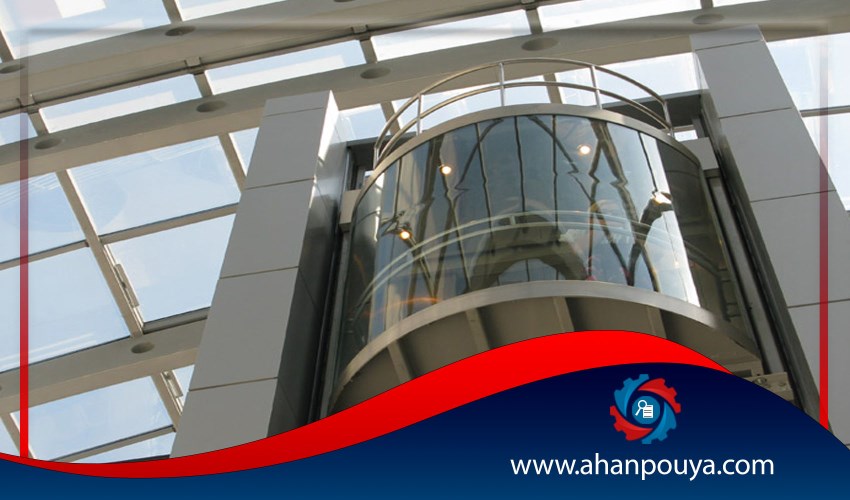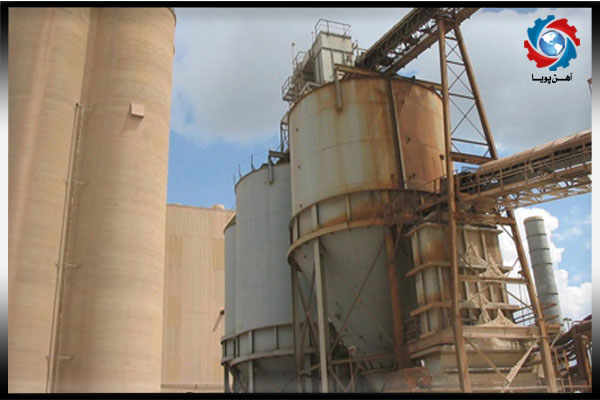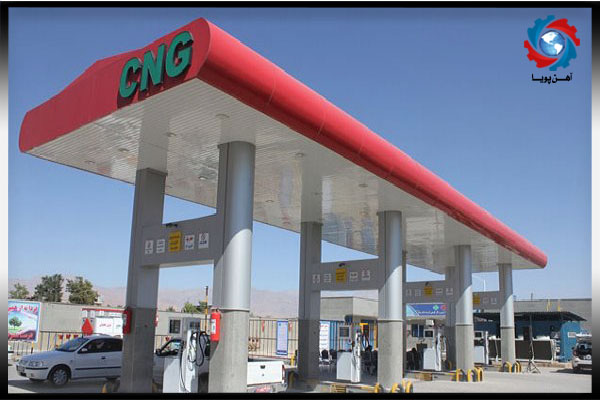
Various factors such as durability, resistance, appearance beauty, availability of materials, climatic and economic conditions are effective in the design of explosion-proof structures. Among the parameters affecting the design of structures, resistance to accidents such as earthquakes, fires and explosions are also known as the most important parameters in the design of structures. In recent years, the likelihood of explosions in buildings due to the accumulation of ignited gases in refueling stations, non-compliance with safety principles in industrial centers or terrorist attacks has increased greatly. For this reason, engineers, contractors and construction industry practitioners have tended to design explosion-proof structures. The design of these structures aims to increase the security of the building against the effects of the explosion. In order to design these structures, the relevant control items are identified and considered in different stages of the design and implementation of the structure.

In line with engineers' efforts to design explosion-proof structures and simultaneously with the advancement of various fields of technology, especially nanotechnology, a special type of explosion-proof concrete structures called explosion-proof smart concrete has been developed. In general, smart concrete is a multifunctional cement base composite that has one or more smart functional properties such as self-sensing, self-heating, self-heating, excellent electrical conductivity and electromagnetic properties. This new generation of cement-based composites can be used to develop smart infrastructure and achieve automatic monitoring of structural health, enhanced security, durability, and infrastructure flexibility. These types of high performance and multifunctional smart cement base composites can be manufactured by combining various additives and fillers in ordinary concrete .

The most important factor in the design of explosion-proof structures is the impact of explosive loads on the building, which should be considered in the design stages. Explosive loads are actually dynamic loads that need to be calculated exactly like earthquake and wind loads. These loads are moved as waves and are also known as impact waves. A shock wave is a very compact air that is spherically thrown out of the blast source at a very fast rate. After calculating the amount of explosive loads, appropriate solutions should be considered for the resistance and stability of the structure against these types of loads in the design stage. The best solution can be the use of building materials that are capable of being smart about the explosion and its effects. As mentioned in previous sections, one of the most efficient and common materials in this field is explosion-proof smart concrete .
The design of explosion-proof structures is used to create explosives storage, refueling stations, warehouses of industrial chemical units and sensitive military buildings. As practical examples of the application of explosion-proof structures design, several cases are mentioned. In Mexico, a fire and explosion-resistant concrete building was designed and created to protect the data processing center. Also, in the Netherlands after risk analysis, an explosion and fire resistant building was built near a gas station and the principles of designing explosion-proof structures were used in the construction of this building. About 3,000 cubic meters of explosion-proof smart concrete was used to build the building .
In this project, according to the principles of designing explosion-proof structures, a wall sample was first constructed using explosion-proof smart concrete as a pilot in the research center. The wall was then subjected to tests simulating the conditions of explosions and physical fires. The wall sample designed in these experiments was placed under a temperature of 1150 °C and endured this temperature for more than 60 minutes. It was also subjected to impact pressure wave test more than 1.1 times for 80 milliseconds. The results of impact wave test were also successful and finally the mixing design of explosion-proof smart concrete was used in creating the final building .

The most important advantage of designing explosion-proof structures is their multifunctional properties because explosion-resistant buildings are designed in such a way that simultaneously they can have sufficient mechanical and dynamic resistance to a variety of stresses. On the other hand, the materials used in these structures increase the durability and stability of the building over a long period of time and in addition, explosion-proof structures reduce damages to infrastructure and physical property. Above all, what is considered as the main advantage of designing explosion-proof structures in today's world is protecting lives from terrorist attacks and various incidents .

Ahan Pouya with more than a decade of best-selling experience, adheres to professional and ethical principles in the field of selling and buying at inside and outside the borders of Iran, helping you in the steel industry.